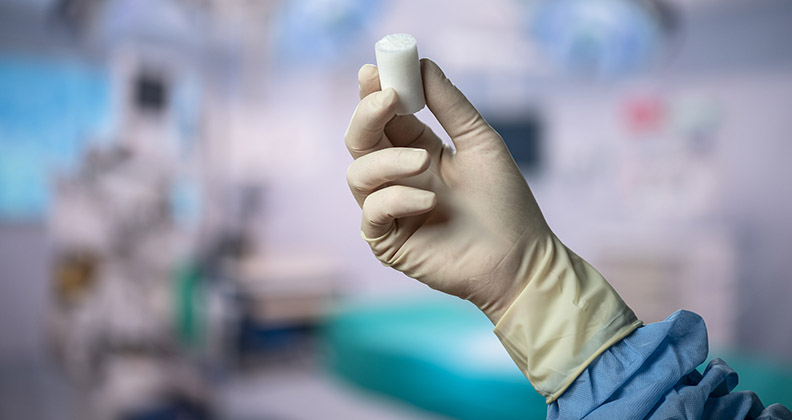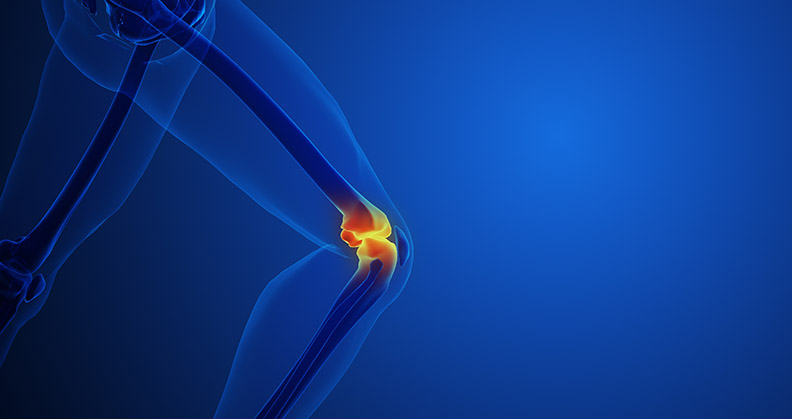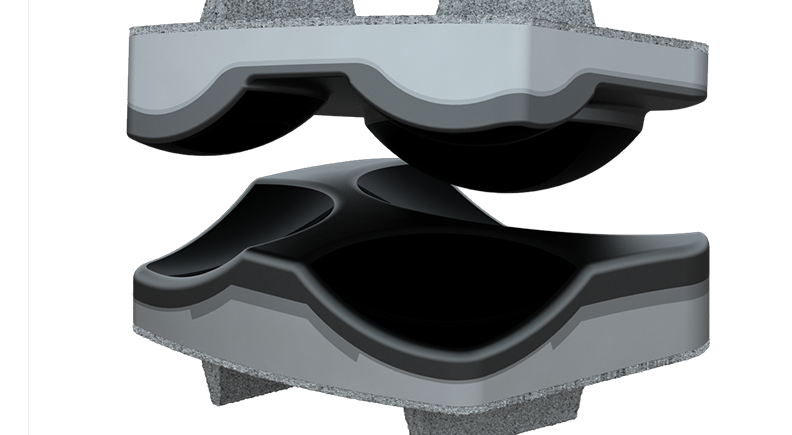
The evolving nature of orthopedics presents plenty of problems to be solved, thus creating stimulating and rewarding work for you and your companies in the space. We surveyed orthopedic professionals, including OEMs, suppliers, surgeons and researchers, to learn: What excites you the most about the future of orthopedics? If you could solve one problem in the coming decades, what would it be?
Perhaps unsurprisingly, there was a significant overlap in answers to the two questions. Three themes stood out.
![]()
Technology Advancements
There is significant potential for novel implant designs, enhanced materials and enabling and digital technologies like robotics and artificial intelligence. The combination of advancing current implants and incorporating new surgical-assisting technologies holds promise for orthopedics. It adds a level of excitement that isn’t experienced with generations of me-too products.
Respondents said that if charged with a problem to solve, they would foster and support innovation by streamlining the regulatory process to get these products to market faster. Also, integrating enabling and digital technology into one system to centralize tools and data collection would further optimize platforms.
 Patient Care
Patient Care
There’s no denying the role that orthopedics plays in remarkably restoring the mobility and function of millions of people every year. Helping your fellow man is inspiring and purpose-driving work that excites many of our survey respondents about the future of orthopedics.
In considering what problems still need solving, respondents called out producing better patient outcomes and diminishing disparities in care. Specifically, they noted that 20% of total knee replacement patients remain unsatisfied after surgery, the risk of infection jeopardizes implant success, unknowns persist as to why some patients have more pain than others, and social and economic inequalities hinder access to care and rehabilitation.
 Industry Growth
Industry Growth
The aging of the global population and the development and modernization of societies will drive orthopedic growth. As one respondent noted, the demographic change will require constant innovation for decades to come. We believe that “innovation” extends beyond the implant and encompasses how and where companies sell and serve hospital and physician customers. We estimate that more than 60% of global orthopedic sales are derived from the U.S. companies’ abilities to expand their global presence is one way to execute industry growth.
The ballooning cost of healthcare is a worldwide issue and one that respondents said is the most critical problem to address as orthopedics grows.
Looking Forward
Orthopedics will remain a strong industry due to the sheer need to help people globally heal and recover from musculoskeletal issues. From new products and technologies to even pushing your own personal development, orthopedics offers numerous opportunities.
CL
Carolyn LaWell is ORTHOWORLD's Chief Content Officer. She joined ORTHOWORLD in 2012 to oversee its editorial and industry education. She previously served in editor roles at B2B magazines and newspapers.




